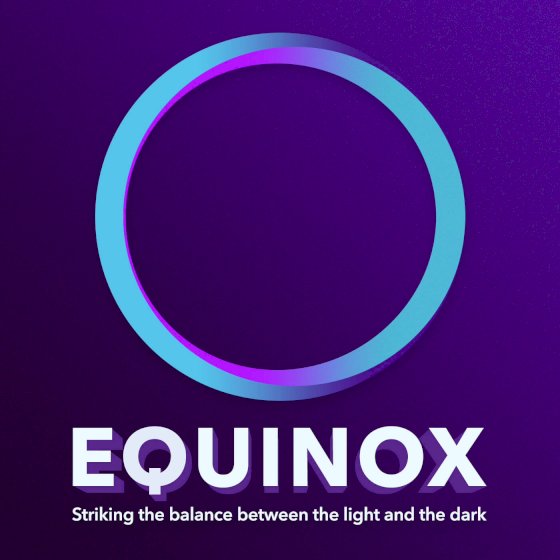Mapping the World
In this episode:
Dr. Rob Carter and Joseph Darnell
Creating a map of the world is hard, very hard. It took the best minds in the world centuries to get it right. From the disfigured maps of the Greeks to the elegant portolan charts of the Renaissance, people have been mapping the world for a long time. The main problem was with longitude, a puzzle that was not figured out until Harrison invented a chronometer that could keep track of time while moving (like in a ship). It was easy enough to figure out how far north or south you were, but east and west was an entirely different thing. Yet, the portolan charts were longitudinally accurate, and nobody knows how. Map making in an artform, and some of the secrets have been lost to us.
Highlights and Show Notes
Old-fashioned map of Israel/Canaan
Another Israel map that looks like a colorized Middle Earth map
Eratosthenes measured the circumference of the earth Portolan charts, 12th century
Piri Reis map, 1513
1421: The Year China Discovered America
Maps of the Ancient Sea Kings: Evidence of Advanced Civilization in the Ice Age
Harrison and his chronometers, grasshopper escapements and jewel movements, caged roller bearings, 1759, still can be seen in the National Maritime Museum near the Royal Observatory at Greenwich…and they still work!
The transit of Venus was observed in Tahiti in 1769, this allowed us to calculate the distance to the sun.


